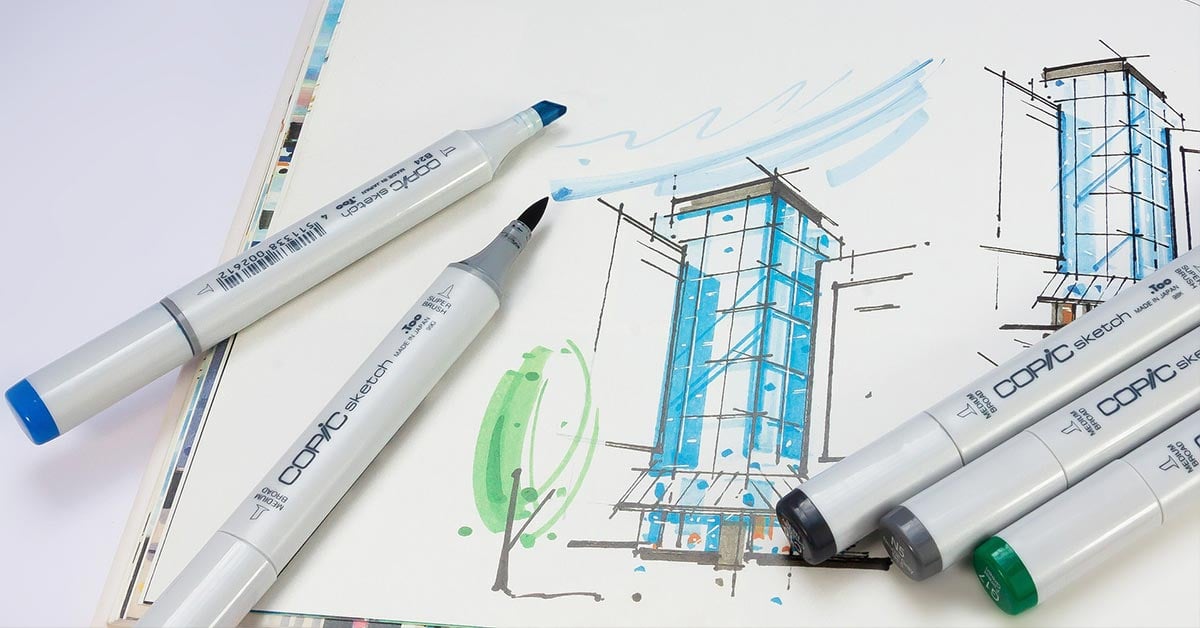
Discover how to transition into freelance interior design with our comprehensive guide.
Combining creativity, design skills and flare with a business twist, freelance interior design is an exciting role to explore. Whether you’re turning a passion for interiors into a career, or currently working in-house and looking for the tools to go freelance, here is all you need to know on how to become a freelance interior designer.
What is a freelance interior designer?
An interior designer uses their training, expertise and creative flare to conceptualise and plan the look and feel of interior spaces. Their considerations could include colour schemes, lighting, layouts and furnishings, collectively creating a cohesive design which fulfils their design brief.
On the other hand, a freelance interior designer is an independent professional who offers the design services mentioned above, but works on a project-by-project basis without being tied to a single employer or company.
Many freelance interior designers have built up experience in-house, then make the move to freelance in order to operate on their own terms and have more of a say on the sorts of projects they are involved with.
What is a freelance commercial interior designer?
A popular specialism in the freelance interior design sphere is commercial interior design. This focuses on creating functional and visually appealing interior spaces for businesses, offices, retail outlets, hospitality venues and other commercial establishments, rather than people’s homes.
How much does a freelance interior designer make?
Although it typically depends on ability, location, experience and specialisms, according to Indeed, the average daily rate of a freelance interior designer in the UK, correct as of 2023, is £253.
Tips on becoming a successful freelance interior designer
A freelance interior design career means becoming your own boss in the world of interior design, which can be tricky to navigate, especially if you’ve been used to the support and guidance of an employer in an in-house role. Read through our top tips on how to become a freelance interior designer, before embarking on your exciting journey.
Enhance your interior design practice
An online MA in Interior Design can help you enhance your existing practice, as well as your understanding of key design sectors. There are many areas of interior design – it's not just domestic decoration and styling, it’s also commercial, including retail, hospitality, healthcare or leisure. You can research and find solutions to interior space and design problems. See the top skills you’ll need to become a successful freelance interior designer.
Stay updated on interior design trends
It’s extremely important to continuously educate yourself on the latest trends, technologies and materials in interior design. Not only will this knowledge impress prospective clients, but it’ll help you stay ahead of the curve, and keep you feeling motivated and inspired as your career progresses. Whether this is via additional online training, or simply consuming interior design-related media - the more you absorb, the more powerful your knowledge will become.
Build a strong portfolio
Create a portfolio that showcases the best of your work. You should include wide ranging projects so that prospective clients get a feel for what you’re capable of, including high-quality images (before and after photographs are useful to showcase transformations), thorough project descriptions explaining challenges and solutions, sketches and renderings, material and colour boards, and, perhaps most importantly, honest testimonials and reviews from clients you’ve worked with.
Know where to look for freelance opportunities
Exploring listings on job sites, freelance websites, and LinkedIn job postings can provide excellent avenues to discover freelance interior design opportunities. You could even sign up with trusted talent agencies and freelance communities while you’re establishing your name in the interior design world.
Network
You’d be amazed at the number of freelance opportunities that can come from your existing network. Go to design festivals and industry events to meet potential clients, gain insights from fellow freelance interior designers and mentors, and use your connections to increase your visibility.
Online presence
Whether it's on your professional website or through social media platforms, presenting your interior design portfolio online is crucial for success in today's digital landscape. Utilise these platforms to provide details about your experience, design services, USPs, pricing and contact information. Enhancing your website's search engine optimisation is proven to be a powerful approach in attracting potential clients who might not have previously known about your services but are seeking expertise in your design niche.
How can an online MA in Interior Design help you establish yourself as a freelance interior designer?
If freelance interior design work sounds like an exciting route for you, and you’d like to enhance your specialist knowledge and learn from industry professionals before taking the first steps, you could consider our online MA in Interior Design.
This two-year course is part-time and fully online, meaning you can fit your studies around your other commitments, and have time to build up real world experience:
Related posts
Passivhaus: The gold standard in energy efficiency
Learn more about Passivhaus-standard building and what criteria constructors need to meet to be...
Read the storyInterior design in educational spaces
Discover how interior design plays a role in educational spaces and the learning experience.
Read the storyWhat does ‘reinvent’ mean in interior design?
Discover what reinvention means in interior design, its wider impact on society and where to go to...
Read the storyStart your creative journey here.
Want to chat or ask a few questions? Fill this in and we’ll give you a call back.
